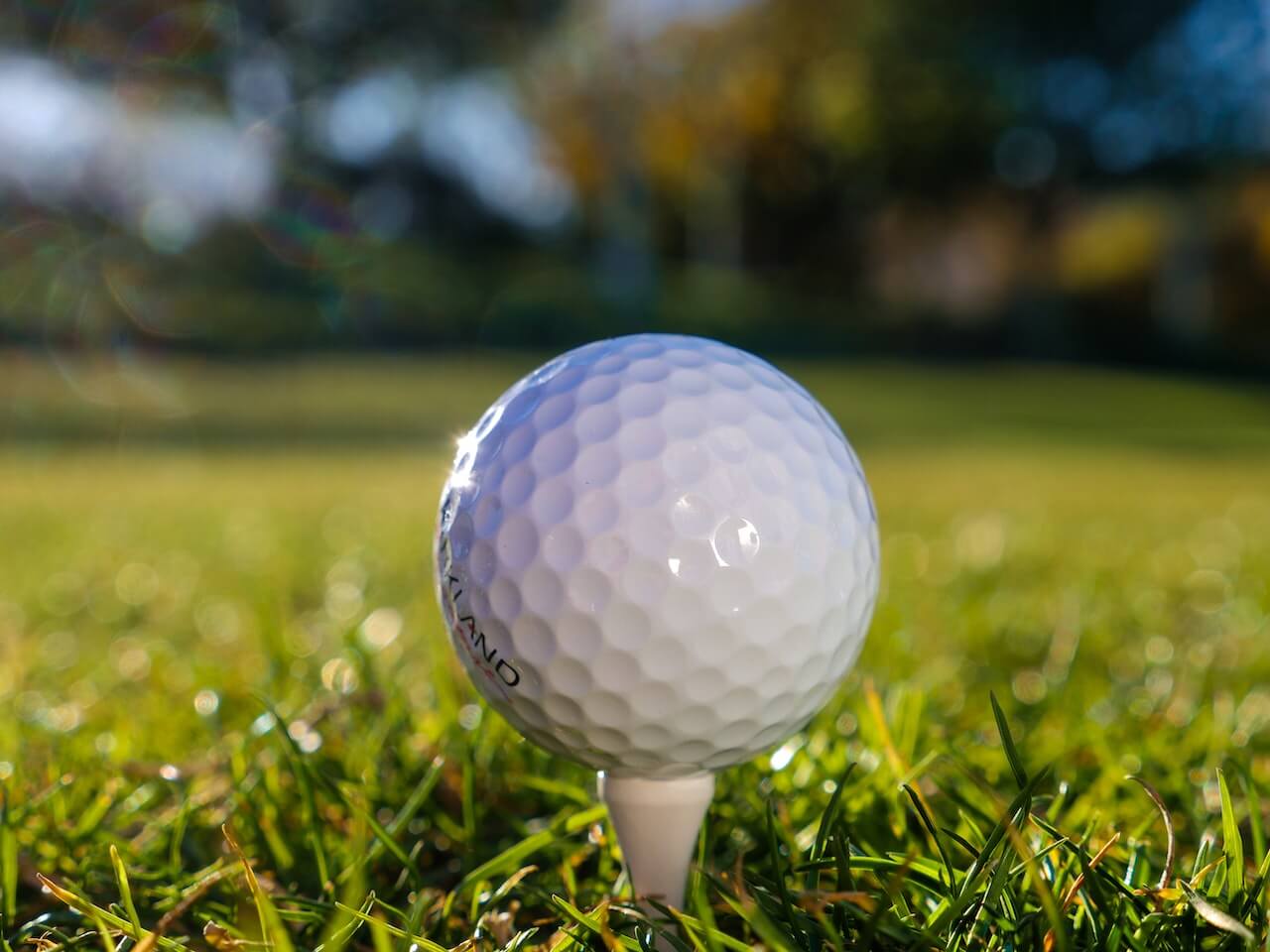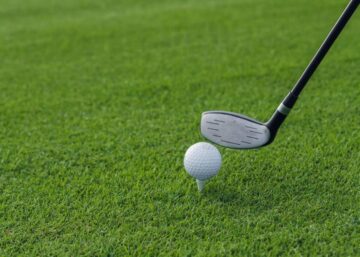Golf is a sport that has been played for centuries, and its equipment has undergone significant changes over the years. One of the most important pieces of equipment in golf is the golf ball. Golf balls come in a variety of sizes, shapes, and designs, but one feature that has remained constant is the presence of dimples.
Dimples on a golf ball are not just for aesthetics; they serve a crucial purpose in the game. The dimples on a golf ball help to reduce air resistance and create lift, allowing the ball to travel further and more accurately through the air. But have you ever wondered how many dimples are on a golf ball, and how they are arranged?
In this article, we will explore the fascinating world of golf ball dimples. From the history of dimples on golf balls to the science behind their design, we will provide a comprehensive overview of this essential aspect of golf equipment. So, whether you are a seasoned golfer or a curious beginner, read on to discover everything you need to know about the dimples on a golf ball.
History of Golf Balls
Early Golf Balls
Golf balls have been around for centuries, but the earliest versions were not like the ones used today. The first golf balls were made of wood, specifically beech or boxwood. These wooden balls were used in Scotland during the 14th century. They were handcrafted and had a diameter of approximately 1.5 inches.
The next iteration of golf balls were called “featheries” and were made of leather and stuffed with feathers. These balls were introduced in the 17th century and were much more durable than wooden balls. Featheries were also much easier to hit and could travel farther. However, they were expensive and time-consuming to make.
The Modern Golf Ball
The first modern golf ball was introduced in the mid-19th century. It was made of rubber and had a smooth surface. This ball was much easier to mass-produce than featheries and quickly became the standard for golfers around the world.
Today, golf balls are made with a variety of materials, including rubber, plastic, and synthetic materials. They are designed with dimples to help reduce drag and increase lift, allowing them to travel farther through the air. The number of dimples on a golf ball can vary, but most balls have between 300 and 500 dimples.
The modern golf ball has come a long way since its wooden and feather-stuffed predecessors. With the help of technology and advancements in materials, golf balls have become more durable, easier to hit, and capable of traveling farther than ever before.
Golf Ball Dimples
What Are Dimples?
Golf balls are not smooth. They have a series of small indentations on their surface called dimples. Dimples are designed to reduce drag and increase lift, allowing golf balls to travel farther and more accurately through the air. The number, size, and depth of dimples on a golf ball can vary depending on the manufacturer and type of ball.
Why Do Golf Balls Have Dimples?
The science behind golf ball dimples is based on the Bernoulli principle, which states that as the speed of a fluid (in this case, air) increases, its pressure decreases. When a golf ball is hit, it creates a turbulent wake of air behind it. The dimples on the ball help to reduce this turbulence by creating a thin layer of air that clings to the surface of the ball, allowing it to move through the air more efficiently. This reduced drag and increased lift allow the ball to travel farther and more accurately. Golf ball manufacturers spend a lot of time and money researching and testing the optimal dimple pattern and design for their balls. They use computer simulations and wind tunnels to determine the best combination of number, size, and depth of dimples. Some manufacturers even use different dimple patterns on different parts of the ball to optimize its performance in different types of shots. In conclusion, dimples are a crucial part of the design of a golf ball. They help to reduce drag and increase lift, allowing the ball to travel farther and more accurately through the air. Golf ball manufacturers invest a lot of time and resources into researching and testing the optimal dimple pattern and design for their balls, which can vary depending on the type of ball and the intended use.
How Many Dimples Are on a Golf Ball?
Golf balls are known for their dimpled surface, which helps reduce air resistance and increase lift. But have you ever wondered how many dimples are on a golf ball? The answer may surprise you.
Factors Affecting Dimple Count
The number of dimples on a golf ball can vary depending on several factors, including the manufacturer, the design of the ball, and the intended use of the ball. Golf ball manufacturers may use different dimple patterns or sizes to achieve different flight characteristics, such as distance or spin.
Standard Dimple Count for Golf Balls
While the exact number of dimples on a golf ball can vary, there is a standard range that most balls fall within. According to the United States Golf Association (USGA), a regulation golf ball must have a diameter of at least 1.68 inches and weigh no more than 1.62 ounces. The USGA also sets a limit on the number of dimples a ball can have, which is 350.
However, most golf balls have fewer dimples than the maximum allowed by the USGA. The average number of dimples on a golf ball is around 330, although this can vary depending on the manufacturer and the design of the ball.
Variations in Dimple Count
While most golf balls fall within the standard range of dimple count, there are some variations that can affect the number of dimples on a ball. For example, some manufacturers may produce balls with fewer dimples to reduce air resistance and increase distance. Other manufacturers may use more dimples to increase spin and improve control.
In addition, some golf balls may have unique dimple patterns or shapes that can affect their flight characteristics. For example, some balls may have deeper or shallower dimples, or dimples that are arranged in a specific pattern to achieve a desired flight trajectory.







